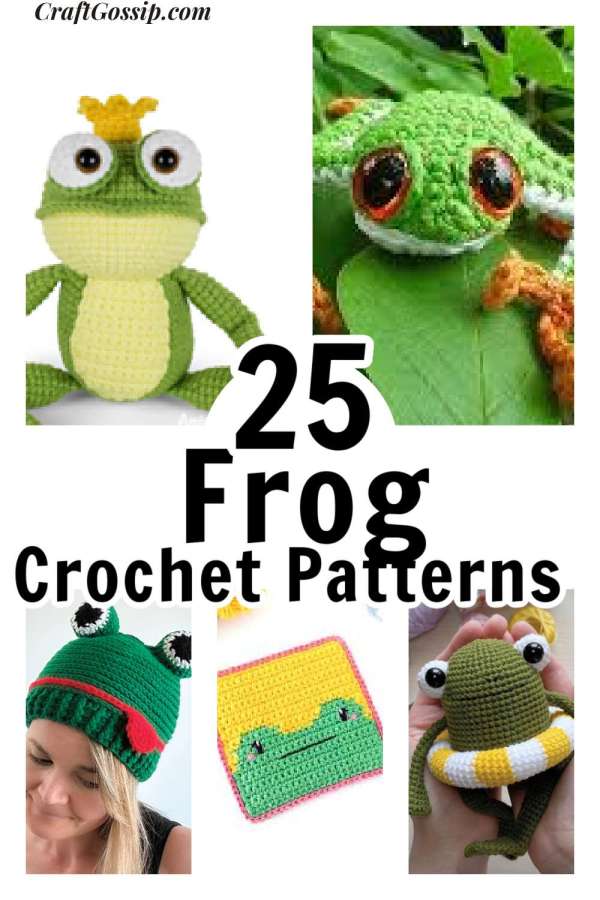As the weather warms up and summer approaches, many of us are eager to spend more time outdoors on our patios and in our gardens. And what better way to enhance the ambiance of your outdoor space than with some beautiful tea light holders? If you’re looking for a fun and unique DIY project to spruce up your patio, you’ll love this tutorial from the Timber Press blog on how to make outdoor tea light holders using silicone cupcake wrappers and concrete. . Learn how to make your own.
Concrete is a versatile material that is durable and can withstand harsh weather conditions, making it the perfect material for outdoor decor. Combined with silicone cupcake wrappers, you can easily create unique and beautiful tea light holders that will add a warm and cozy glow to your outdoor space.
Materials:
Silicone cupcake wrappers (in your desired shape and color)
Quick-setting concrete mix
Mixing bowl
Water
Measuring cup
Stirring stick
Tealight candles
Instructions:
Mix the concrete
Follow the instructions on the concrete mix packaging to prepare the mix. Typically, you’ll need to mix the dry concrete with water until it forms a thick paste. Make sure you mix the concrete well to avoid any lumps.
Fill the cupcake wrappers
Spoon the concrete mixture into the silicone cupcake wrappers until they are filled to the desired height. Tap the filled cupcake wrappers gently to remove any air bubbles and ensure that the concrete settles evenly.
Add a tea light candle
While the concrete is still wet, place a tea light candle in the center of each cupcake wrapper. Make sure that the candle is level and stable.
Allow the concrete to dry
Leave the concrete to dry for a few hours until it hardens. The drying time will depend on the type of concrete mix you are using, so be sure to check the packaging for instructions.
Remove the cupcake wrappers
Once the concrete has hardened, carefully peel off the silicone cupcake wrappers. If you’re having trouble removing them, try cutting the silicone wrappers with scissors.
Place the tea light holders in your desired location
Once you have made your tea light holders, place them in your desired location on your patio or in your garden. The concrete material will withstand harsh weather conditions, making them the perfect decor for outdoor use.
In conclusion, making outdoor tea light holders with silicone cupcake wrappers and concrete is an easy and affordable DIY project that can add a beautiful and warm glow to your outdoor space. By using simple materials and following these easy steps, you can create unique and beautiful tea light holders that will be the envy of your friends and family. So why not give it a try and create some beautiful tea light holders for your patio or garden? You’ll love the warm and cozy ambiance they create as you relax and enjoy the beautiful summer evenings.

